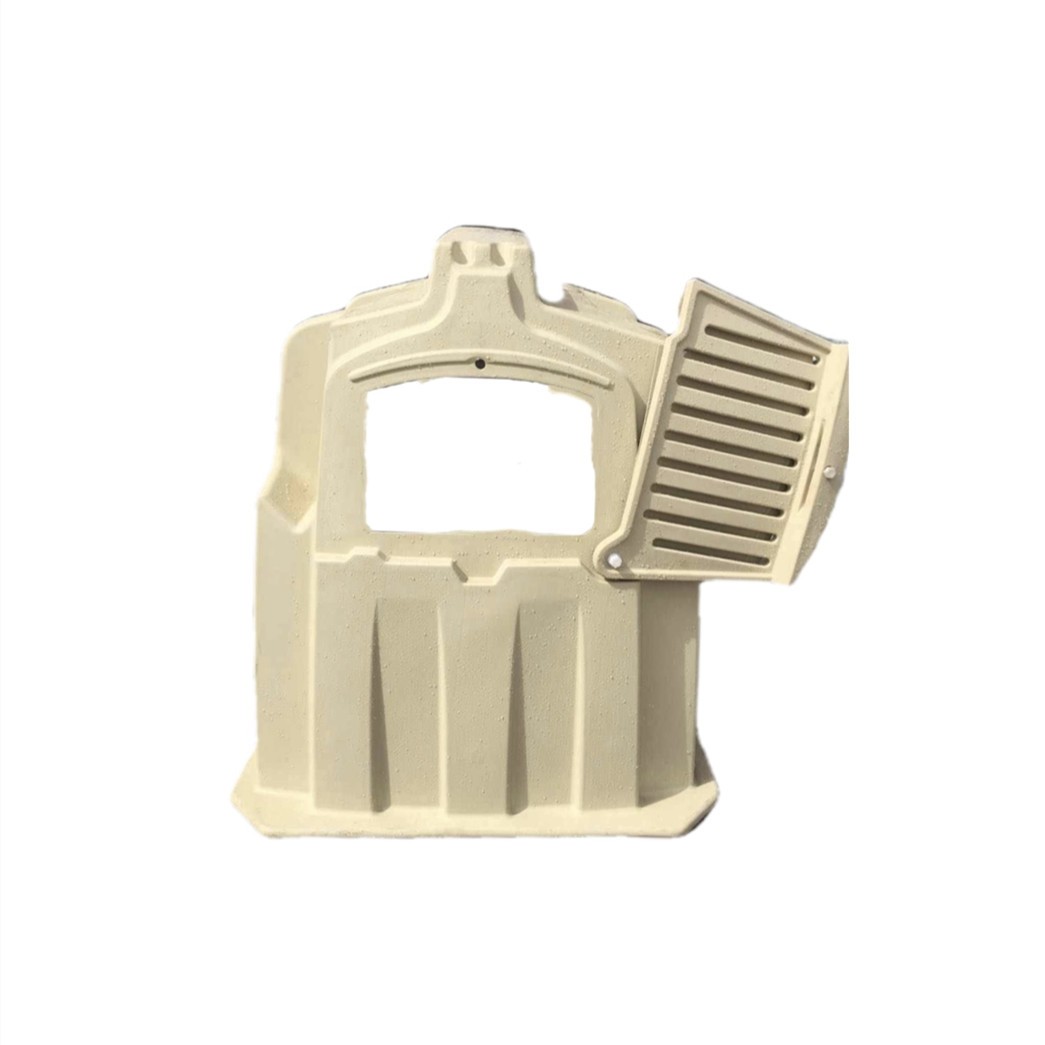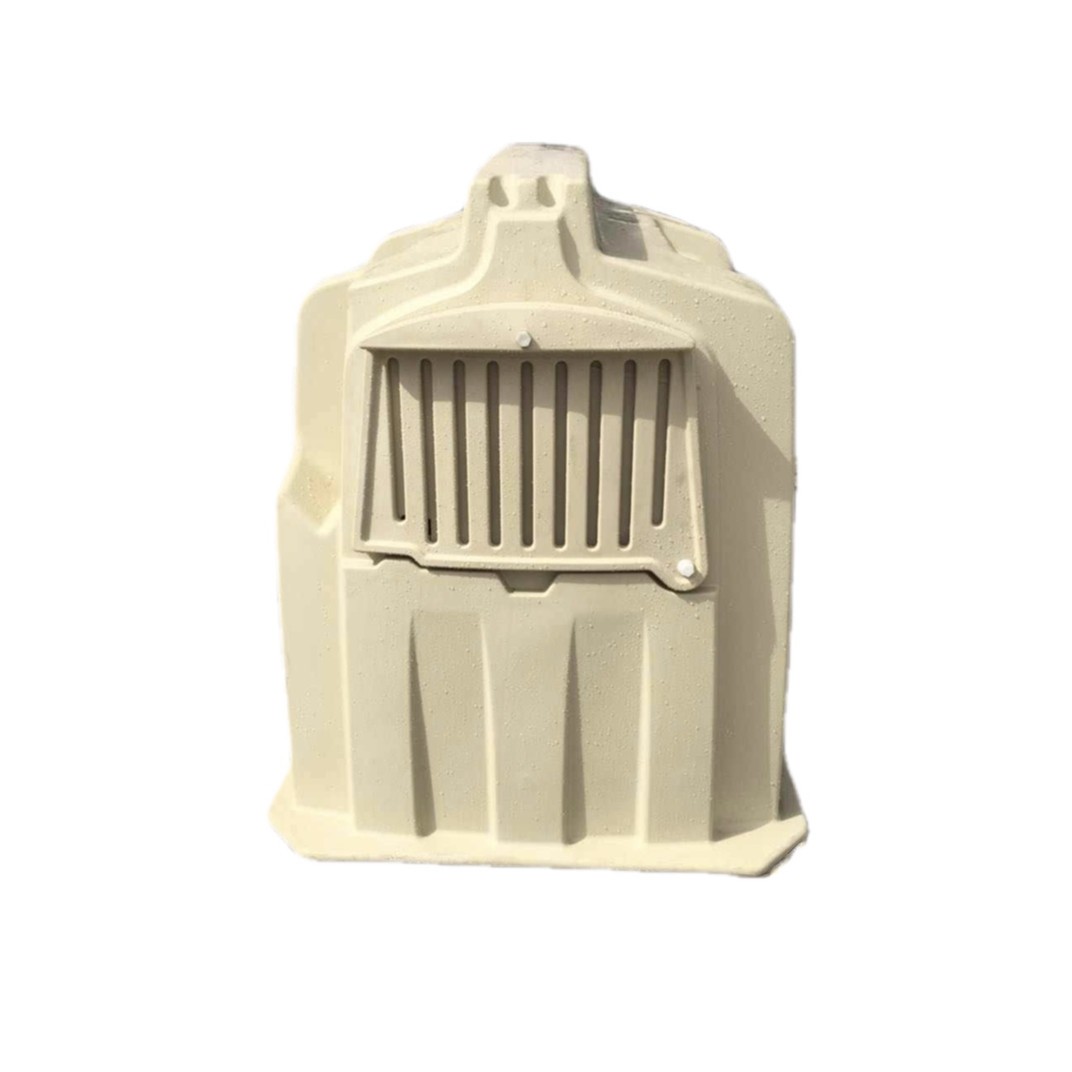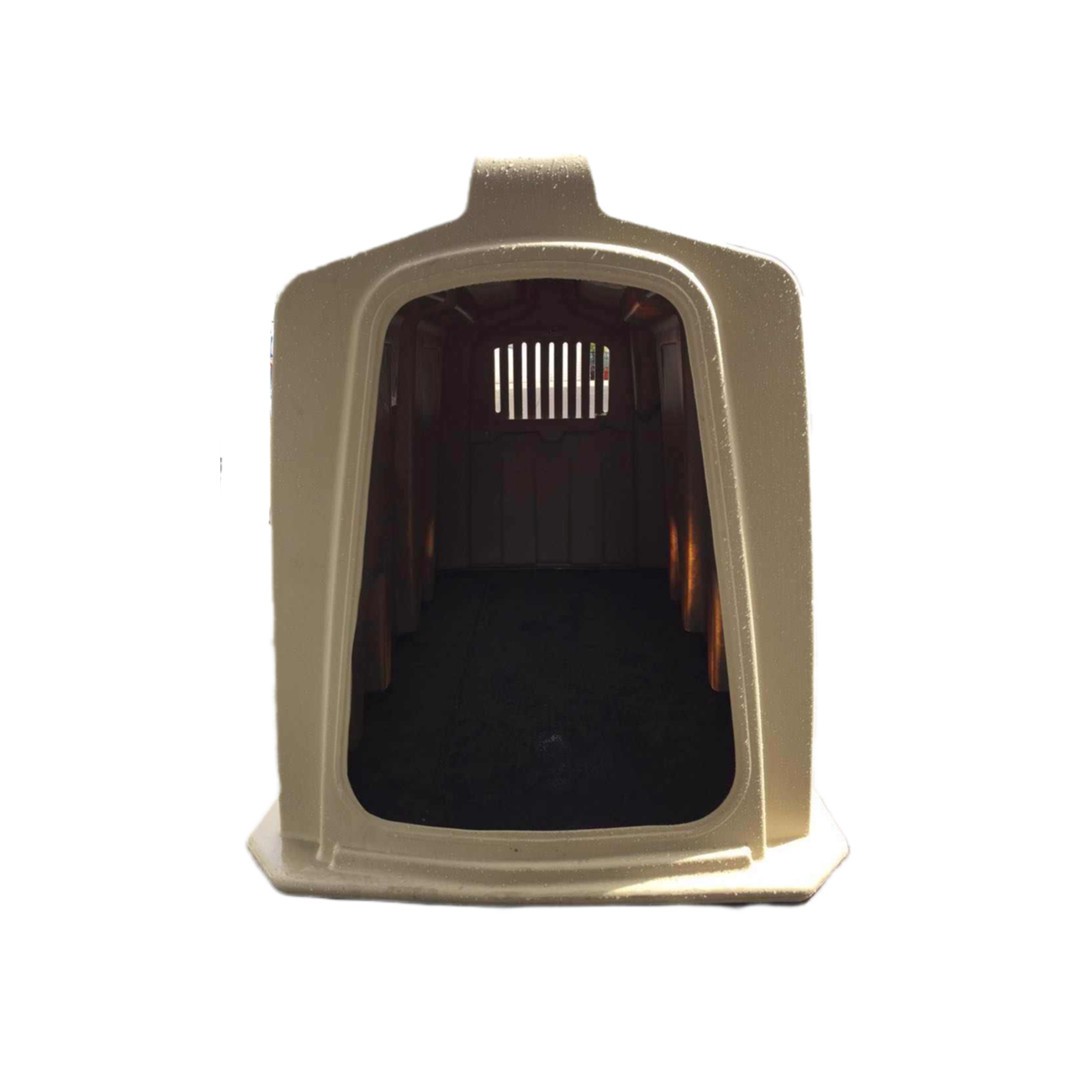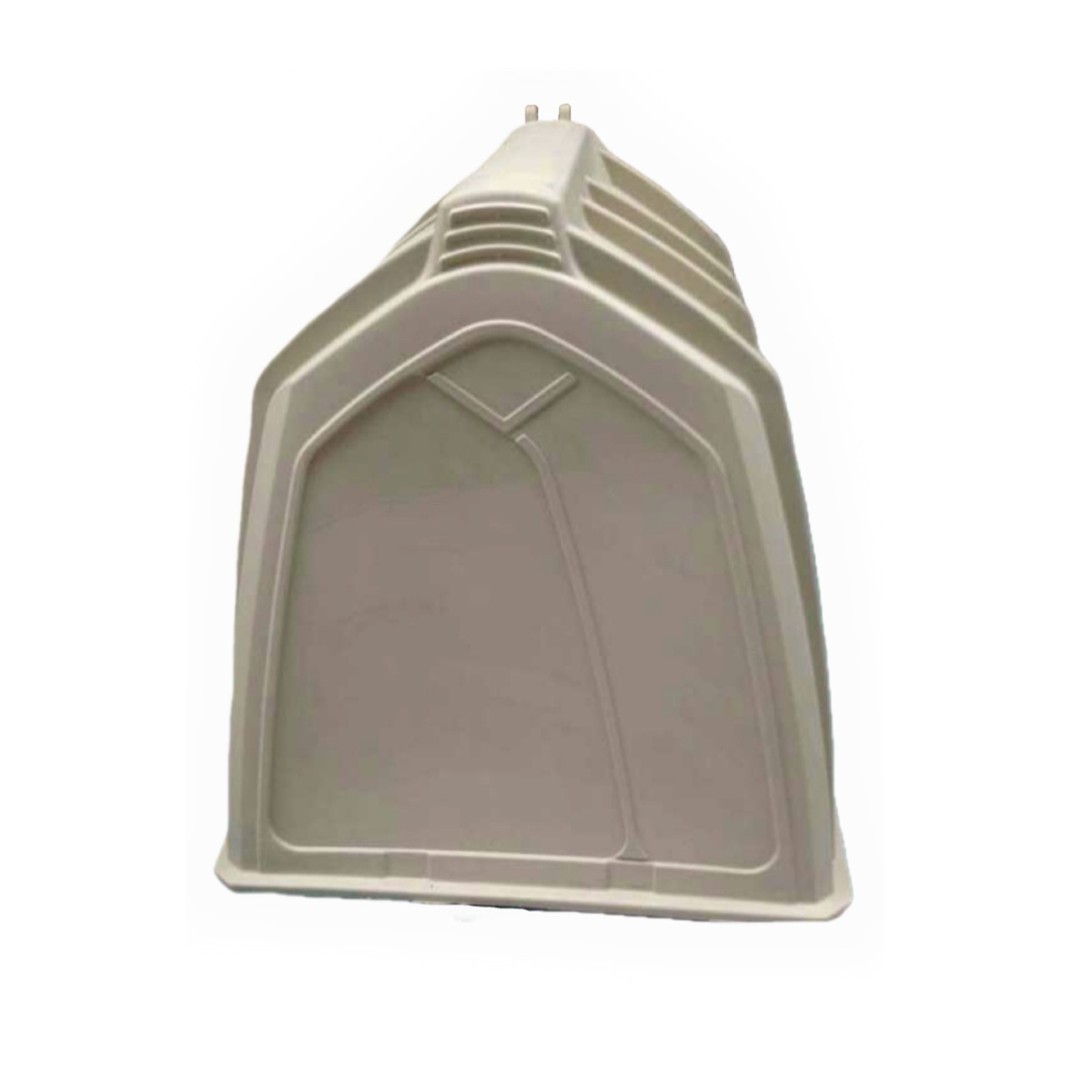Fiberglass calf hutch
Fiberglass reinforced plastic (FRP) products are commonly used in the construction of calf hutches due to their suitability for agricultural applications. The application of FRP products in calf hutches offers several benefits:
1. Weather Resistance: FRP materials are highly resistant to weathering, making them ideal for outdoor use. Calf hutches constructed from FRP can withstand exposure to sunlight, rain, snow, and fluctuating temperatures, providing a durable and protective shelter for young calves.
2. Insulation: FRP offers good thermal insulation properties, helping to maintain a comfortable and stable interior temperature within the calf hutch. This is important for protecting the calves from extreme heat or cold, contributing to their health and well-being.
3. Durability: FRP products are known for their strength and durability. Calf hutches made from FRP are resistant to corrosion, rot, and degradation, ensuring a long service life even in challenging agricultural environments.
4. Hygienic and Easy to Clean: FRP surfaces are smooth and non-porous, making them easy to clean and sanitize. This is important for maintaining a hygienic environment for the calves and facilitating efficient hutch maintenance.
5. Lightweight and Portable: FRP calf hutches are lightweight, allowing for easy transportation and repositioning as needed. This flexibility is beneficial for managing calf housing arrangements in agricultural settings.
Overall, the application of FRP products in calf hutch construction provides a durable, weather-resistant, and hygienic solution for housing and protecting young calves, contributing to their health and welfare in agricultural operations.
✧ Product Drawing




✧ Features
FRP products have been widely used in livestock farming, which can improve production efficiency, reduce costs, and improve the quality and safety of livestock products.With the improvement of the application technology and process of FRP products, it is expected that FRP products will be more widely used in the field of livestock breeding in the future.













